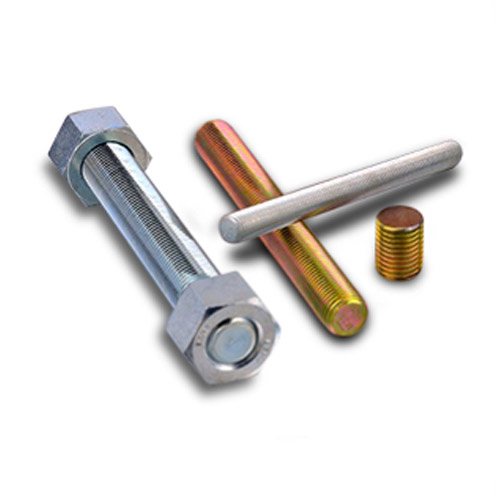Ago . 01, 2024 09:26 Back to list
Innovative Design Approaches for I-Beam Strut Applications in Modern Structural Engineering
Understanding I-Beam Struts Key Principles and Applications
I-beam struts are structural elements widely used in construction and engineering, primarily due to their high strength-to-weight ratio. Understanding the design and application of I-beam struts is essential for architects, engineers, and construction professionals. This article explores the characteristics, uses, and advantages of I-beam struts.
What is an I-Beam?
An I-beam, also known as an H-beam or W-beam, is a steel beam that has a cross-section shaped like the letter I. This design consists of two horizontal flanges connected by a vertical web. The flanges provide resistance against bending forces, while the web minimizes shear stress. The I-beam's geometry allows for optimal distribution of forces, making it an efficient choice for a variety of structural applications.
Structural Advantages
1. Strength and Load Distribution I-beams are designed to withstand large amounts of tension and compression. The large surface area of the flanges enables the beam to support significant loads while minimizing deflection. This attribute is particularly advantageous in construction, where heavy loads need to be effectively supported over long spans.
2. Weight Efficiency Compared to other beam types, I-beams are lighter, which reduces the overall weight of the structure. This attribute makes transportation and installation easier and more cost-effective, while also lowering the amount of material required, which contributes to sustainability in construction practices.
3. Versatility I-beams can be used in numerous applications, from residential buildings to large commercial structures. They are suited for framing, bridging, and even as supports for machinery. Their adaptability means they can be employed in various designs and configurations, which enhances creativity in architectural design.
i beam strut

Common Applications
1. Building Frameworks I-beams are integral to the construction of steel frames for buildings. They create a robust structural skeleton that allows for open spaces and large windows, maximizing interior layout possibilities.
2. Bridges I-beams are commonly used in bridge construction, providing the necessary strength and support to span large distances. Their ability to handle dynamic loads from vehicle traffic and environmental factors makes them ideal for this application.
3. Industrial Structures In factories and warehouses, I-beams are utilized to support roofs and mezzanines, ensuring safety and structural integrity in environments where heavy equipment and materials are handled.
4. Renovations and Modifications Structural renovations often require the introduction of I-beams to create open-concept spaces without compromising the building's stability. For example, the removal of load-bearing walls can be effectively managed by placing I-beams above the opening to redistribute the weight.
Conclusion
In summary, I-beam struts are a fundamental component of modern engineering and construction. Their design effectively combines strength and efficiency, making them a preferred choice for a multitude of structural applications. Whether used for residential buildings, industrial sites, or large infrastructure projects, their ability to bear loads while maintaining a lightweight profile is unparalleled. Understanding the benefits and applications of I-beam struts is essential for anyone involved in construction or engineering, as these elements play a crucial role in ensuring the safety, functionality, and aesthetic value of structures. As building technologies continue to evolve, the role of I-beams will remain critical in meeting the demands for modern construction.
-
The Ubiquitous Reach of DIN934 in Application Realms
NewsMay.16,2025
-
Exploring Different Bolt Types
NewsMay.16,2025
-
Cracking the Code of Sleeve Anchor Mastery
NewsMay.16,2025
-
Clamp Design Principles,Types and Innovations
NewsMay.16,2025
-
Artistry Inspired by the Humble Anchor Bolt
NewsMay.16,2025
-
A Deep Dive into Screw Types
NewsMay.16,2025


